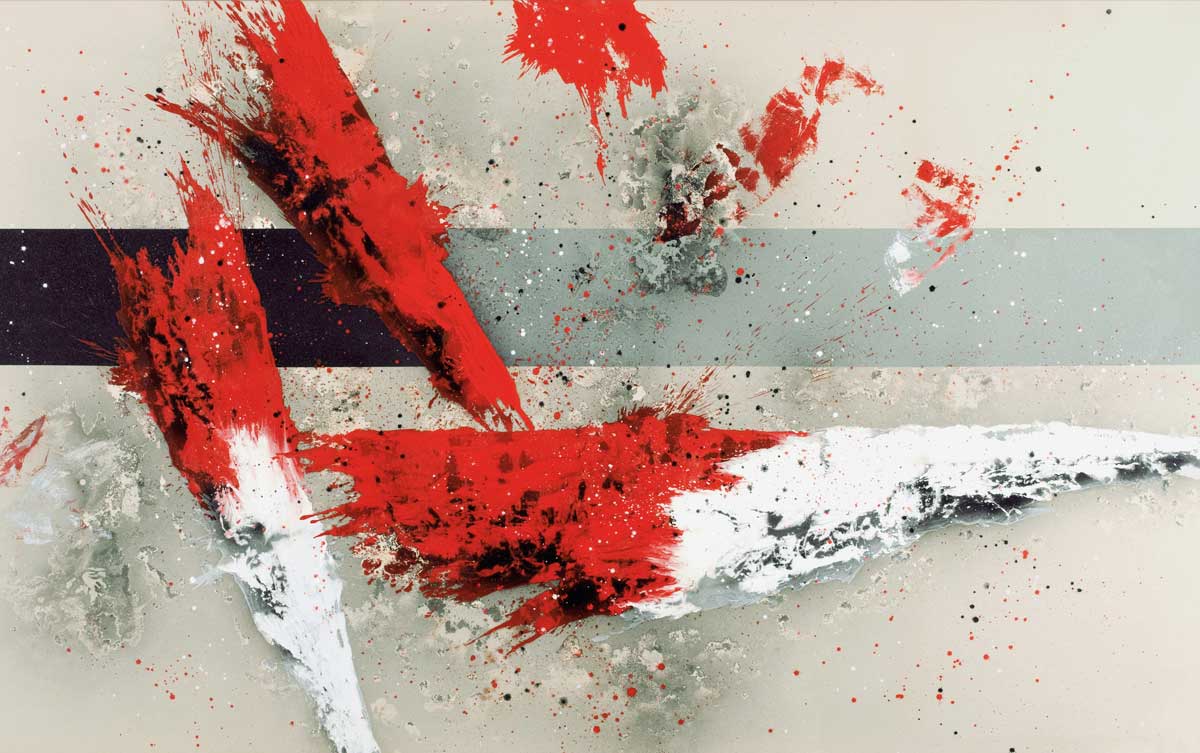
Las Formas del Silencio. autor. 2005. EN
Las Formas del Silencio.
Libro monográfico “Las Formas del Silencio. Antología crítica (los años noventa). Enero 2005.
MNEMOSYNE AND EPHEMERALITY
José Manuel Ciria
Henri Bergson maintained that memories become images. This idea now makes me relive the entire process of Mnemosyne through a series of images going back in time. Having found, after years of searching, the methods with which to oblige my pictorial material and supports to obey the rules of inalterability and permanence, I could now freely dedicate myself to other types of research.
I therefore proposed to carry out a dissection of possibilities, of the relationship between work and time or of the opportunity to develop certain inverse processes. When something interested me, I stopped to analyse it. After several attempts and experiments, these merged naturally and in a certain moment two projects became real: my intention of carrying out a project dedicated to memory, and a series of observations on the physical-chemical evolutionary processes of matter. Subsequently, having already established the idea of non-duration, all that was left for me to do was to contemplate the progressive wear and tear of the different materials to be selected, the right setting for me to carry out my work –which, as it happened, turned out to be Paris- and to carry out some experiments to optimise what were then still ‘possible’ results and variations.
The final support, selected for its special qualities, was Panglass medium-grammage plastic, which, for me, metaphorically represented the transparency of ephimerality, like our earliest memories which gradually turn more opaque. As regards materials: oil paint (always oil paint), cobalt drier, an acid solution, craft paper, acrylic medium without agglutinant, and anything that expired quickly, tested first with pH strips. I also decided against using varnish or protectors.
However, another problem faced me on the formal level: after my first attempts in a phase of reductionist activity, I observed an excessive proximity to a minimalist, or even conceptual proposal, greatly removed from my intention of only painting. The solutions that interested me were pieces which were abundant in pictorial elements; therefore, the only path left open to me was to load the morphology of the signs. Curiously, this aspect did not restrict itself to Mnemosyne only, but spread itself from those first small attempts to occupy my entire production. This is how series such as Natural Encounters and The Use of the Word arose simultaneously. Nowadays, these elements refuse to be reduced, and I am in no hurry to suppress them.
Having finished the project and taken a prudent distance, I now agree with the words of Bergson that memory becomes an image, but I also believe that image can become dust and therefore memory.
